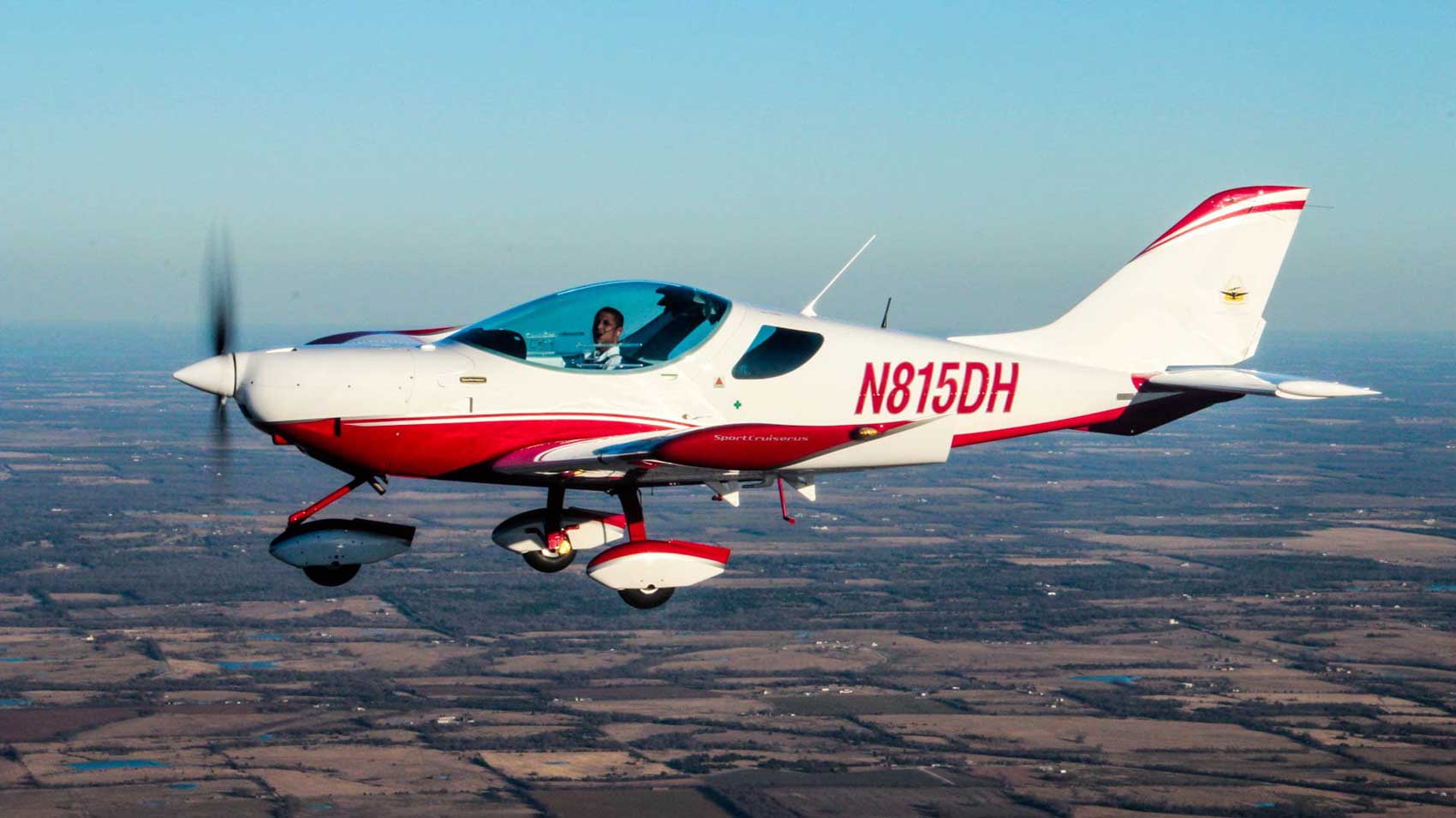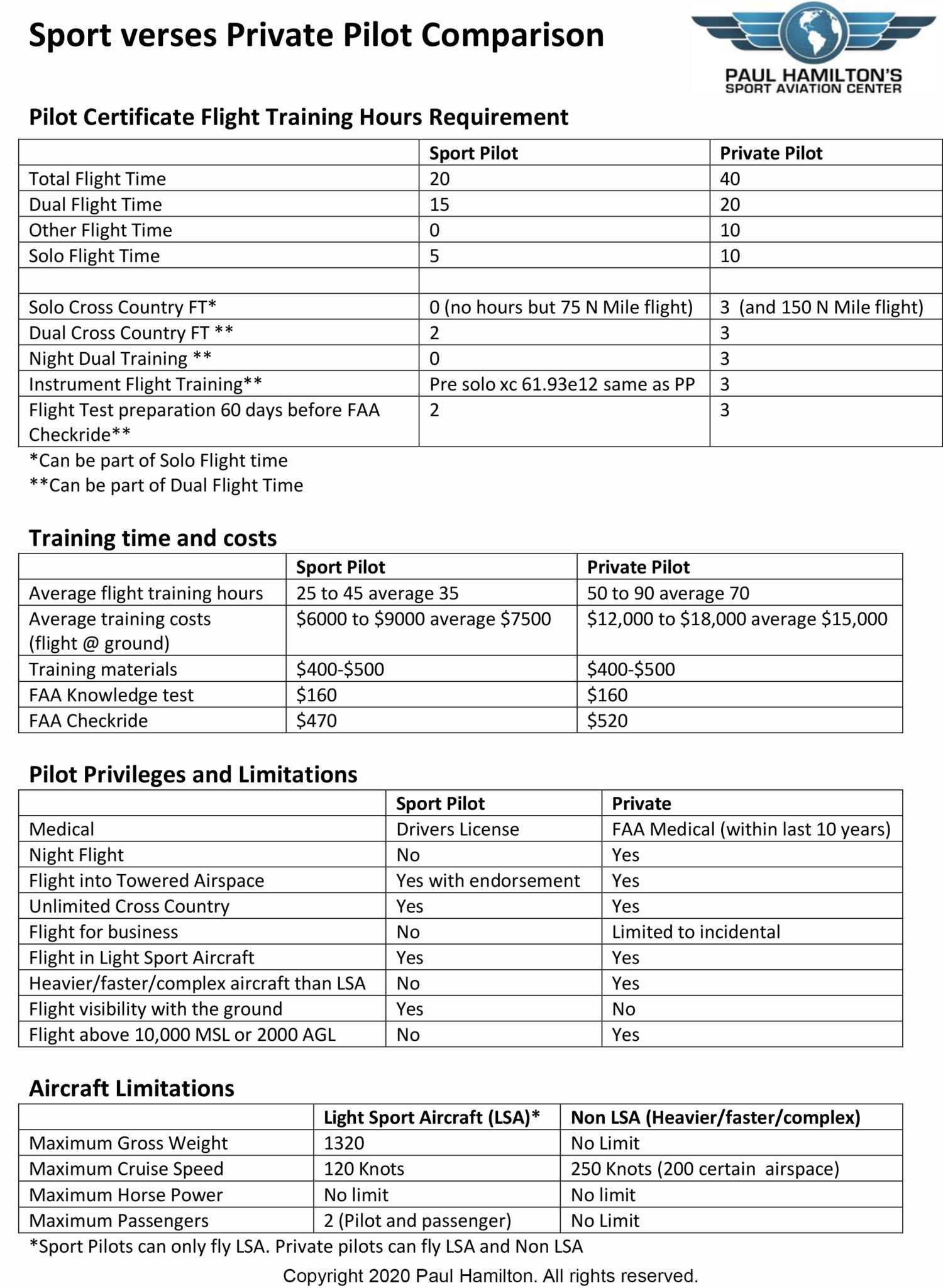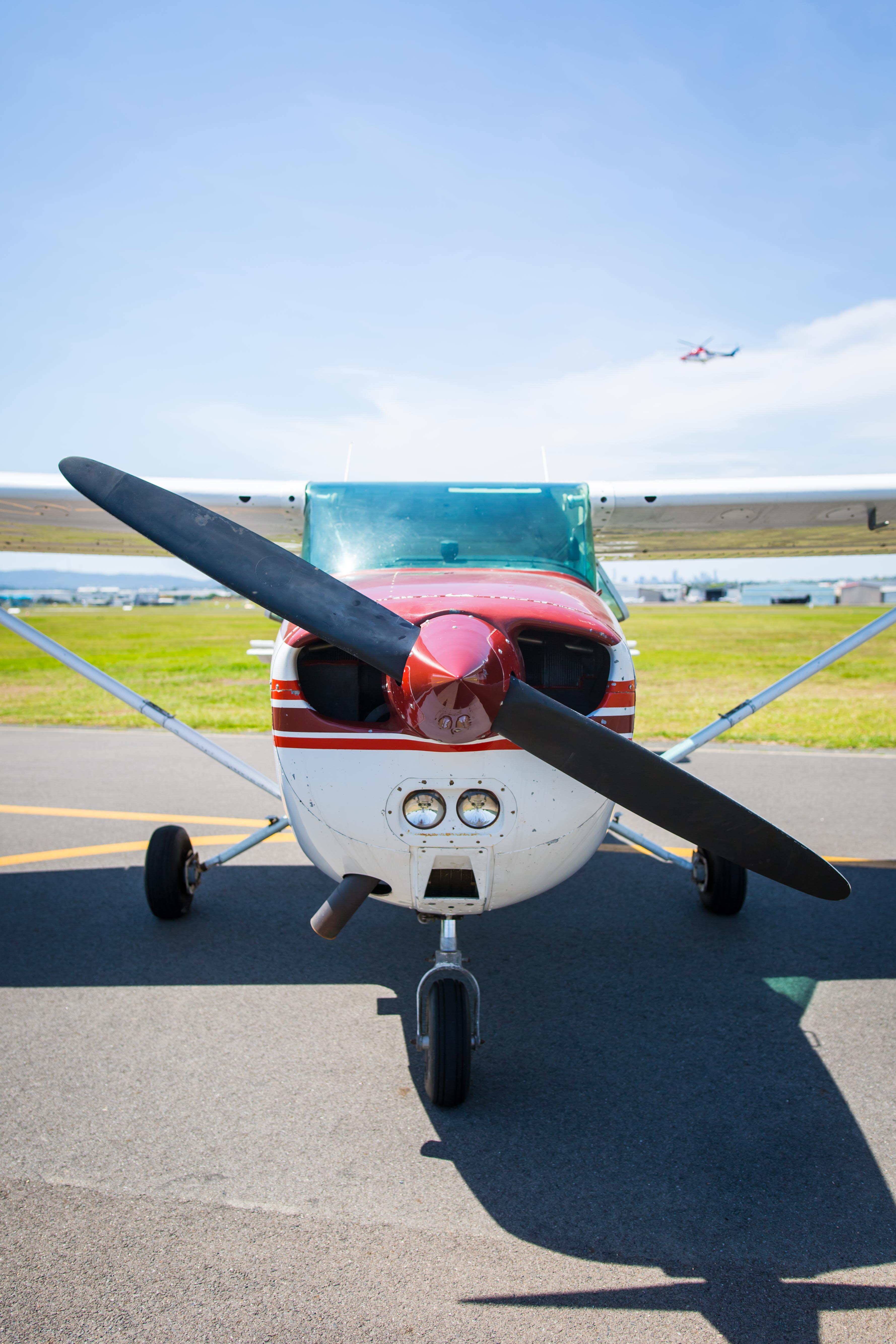Ultralight Aircraft License Requirements - Ultralights are small, single-seat aircraft that are not subject to the same certification requirements as other aircraft. Pilots don't even need a pilot's license—these planes are built for users to have fun. They're almost like motorcycles, but in the sky!
Ultralight aircraft are not permitted to fly in controlled airspace without a permit, nor may they fly over cities, towns or gathering areas. And since they're also limited to a 5-litre fuel tank, their range is relatively limited.
Ultralight Aircraft License Requirements

Ultralights come in many shapes and forms. These requirements allow for virtually any type of aircraft as long as it meets some basic weight and performance constraints.
Student Pilot Certificate
The advantage of ultralight aircraft is lower cost. Certification is a costly process for aircraft manufacturers. Buyers can save thousands of dollars because ultralights are not certified and do not require airworthiness certificates. Also, they don't need to register for an N number, and their pilots save on training costs.
Many ultralights are hobbyist, but there are also production units available. The most common type is an aircraft with a propulsion engine. Powered paragliders are another popular ultralight aircraft, but there are even helicopter and gyroplane ultralights.
Aircraft meeting these requirements may operate under Part 103 of the U.S. Federal Aviation Regulations (FAR). If an aircraft does not meet all of these standards, it must be certified and operated under Part 91 like any other aircraft.
The answer is unexpected, no! At least in the US, microlight pilots do not need an FAA pilot certificate to operate under Part 103. Training is available through the EAA and other organizations in specially certified two-seat ultralight aircraft. While not mandatory, training is highly recommended, especially for anyone approaching flying.
Ultralight School And Certification
There are many recreational aircraft that do not comply with Part 103 requirements. A lot of "homemade" planes are flown with experimental certificates, and many look like production planes. They have two or even four seats and operate at high altitudes and at high speeds.
As with ultralights, hobbyist-built experimental aircraft are popular for their cost savings. The general fire test is known as the "51% rule" and it allows manufacturers to build kit planes and sell them for 49% of the price. As long as the owner does 51% of the work himself, it's still a "hobby build" aircraft. Many kit aircraft manufacturers offer owner completion programs at their factories, where their technicians and employees can help complete the aircraft.
Without the costly burden of FAA certification, experimental aircraft can be customized to the exact specifications an owner desires. The money manufacturers save by not obtaining a type certificate means that the cost per complete airframe is significantly lower than a production aircraft.

Ultralight aircraft have carefully designed restrictions and are the most stringent. According to FAR Part 103, ultralight aircraft must:
The Latest On The Faa's Proposed Changes To Lsa — General Aviation News
Aircraft certified in the experimental category can operate day or night, VFR or IFR, depending on the equipment installed and how it is certified. This rule is no different than for any other class of aircraft. However, the experimental plane cannot carry passengers or hire cargo.
All of these rules are for the convenience of recreational pilots and owners to fly. These are US regulations, and treatment of ultralight and experimental aircraft varies by country.
The key word in Part 103 that allows so much freedom is "uncontrolled airspace." So what exactly is uncontrolled airspace, and where do you find it?
In the United States, the only uncontrolled airspace classification is Class G. Class G is easier to define and is shown on charts as areas where no other class of controlled airspace exists.
Flight Design France
It is important to understand that the term "controlled airspace" is not directly related to air traffic control towers. Yes, the airspace around towering airports, whether class B, C, or D, is controlled airspace.
But Class E controlled airspace is more common and fills many of the gaps between airports. Radar controllers control this airspace, which is where instrument aircraft operate under clearance. If an area can be reached by ATC radar, it is most likely a Class E area. In the eastern half of the United States in the Western Mountains, there are areas with Class E soils reaching 14,500 MSL.
If a non-tower airport has an instrument approach, that airport may also be designated as Class E airspace. Many airports have a lower controlled airspace platform, descending to 700ft MSL, but there are also some Class Es that extend to the ground

Therefore, for most of the area below 1,200 feet above the ground there is Class G uncontrolled airspace in which ultralight aircraft can operate without any restrictions. In some places, they can operate at higher altitudes without a permit, and of course, they need a permit to approach controlled airports.
The Latest On The Updates To Lsa Regulations — General Aviation News
Ultralight aircraft can enter controlled airspace if permitted to enter. For most ultralight riders, that's probably more than it's worth. But there is no doubt that some pilots operate out of regulated Class D airports, so it is easy to get clearance directly from the air traffic control tower.
By knowing the regulations and studying the charts carefully, ultralight pilots can learn about the airspace available to them.
Unless operating in mountainous areas, they are likely to be restricted to airspace below 1,200 feet AGL, and possibly below 700 AGL if operating near some airports.
Ultralight aircraft are more common in rural areas because they cannot fly over crowded areas such as towns. You won't find many of these operating at your city's executive or international airport. You might be able to find some, though, if you get out of town and find your local general aviation field.
Ultralight Flying In East Europe: Rules, Regulations And Other Important Information.
Ultralight aircraft do not need to operate from an airport, so they can take off and land at private grounds or anywhere that is safe. If the above requirements are met and operated safely, ultralight aircraft can take off and land almost anywhere.
With careful planning, it is also possible for an ultralight pilot to fly from one airport to another on a cross-country flight. Their small fuel tanks are a bit restrictive, but their small engines burn very little fuel anyway. According to a Connecticut man, flying a microlight offers "amazing" views at a fraction of the cost of getting a pilot's license, but there are some risks. The first to help develop them.
"It's a really nice way to fly," Tom Peghiny said. "It's really easy and the views are amazing."

Peghiny, who owns Flight Design USA in Woodstock, says he owns an ultralight aircraft, has flown them and was an early developer in the industry.
Can I Obtain My Commercial Pilot Licence While Flying In A Recreational Light Sport Aircraft?
“It all started in the 1980s when people took hang glider structures and used light engines to make the first ultralight aircraft,” he said. "[The Federal Aviation Administration] realizes that if it's generally away from busy airports and the planes are light enough to land slowly or crash without being a threat to spectators, they can support the campaign."
A microlight pilot suffered minor injuries after a breakdown on the ground at East Hadham Goodspeed Airport on Tuesday, before being blown into the air by the wind before crashing while unmanned.
Peghiny likened the level of danger associated with this type of aircraft to riding a motorcycle on the street.
The FAA defines an ultralight aircraft as an aircraft intended for recreational or sporting purposes and used by a single passenger. Must weigh less than 254 lbs for powered aircraft and 155 lbs for non-powered aircraft.
Licencja Ppl Pilot Turystyczny, Ppl(a), Private Pilot License, Licencja Pilota
The agency also limits the ultralight's top speed at maximum power in level flight to 55 knots, with a maximum fuel capacity of five liters. The FAA does not require the aircraft to be certified or registered, nor does it require a pilot's license to fly.
Peghiny says there are many advantages to flying with them, including price. A new ultralight costs about $15,000, he said.
"You can handle them yourself," he said. "They're so simple, easy and fun to fly, and the views are amazing."

"It's like sailing a light sailboat in rough seas," he says of sailing a sailboat on a windy day. "So just because you don't have to have an $8,000 pilot's license to operate them doesn't mean you shouldn't properly teach yourself how to fly them."
The Way To Get A Private Pilot License (ppl) Follow The Steps
There used to be a lot of schools offering ultralight training, but now it's more of a niche hobby, Peggini said. He said the closest school is at Crowe Island Field in Stowe, Massachusetts, where you can train to fly microlights, powered parachutes and gyroplanes.
"There used to be several in Connecticut," he said. "It was very popular in the 1980s and 90s, and it's becoming less and less popular now. The FAA has simplified the pilot licensing program to allow what's called a sport pilot license.
Sports car driver
Aircraft appraisal online, free aircraft appraisal, aircraft appraisal services, aircraft appraisal cost, aircraft appraisal jobs, aircraft appraisal course, aircraft appraisal training, business appraisal, rolex appraisal, appraisal software, 409a appraisal, aircraft appraisal report
Post A Comment:
0 comments so far,add yours